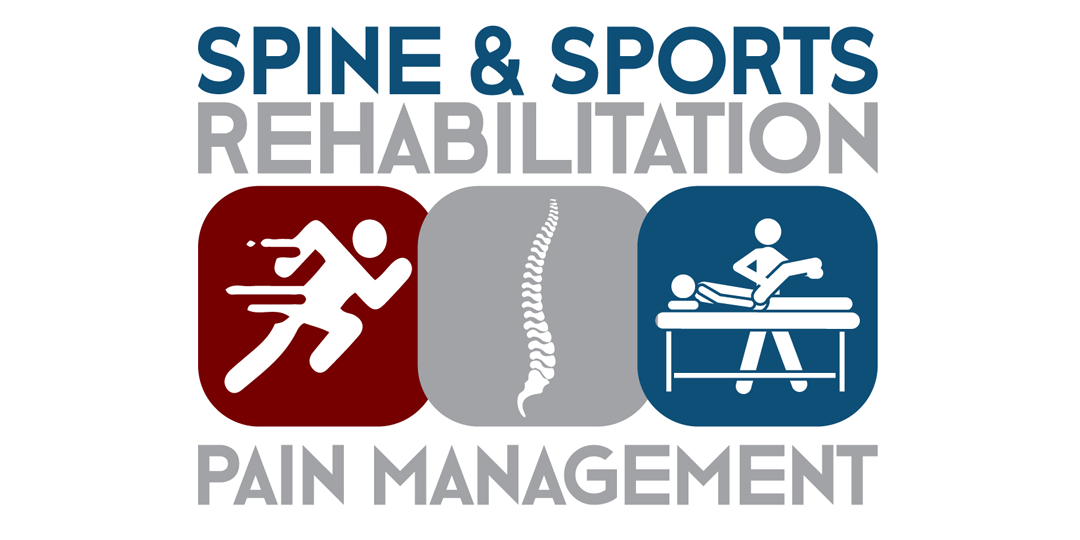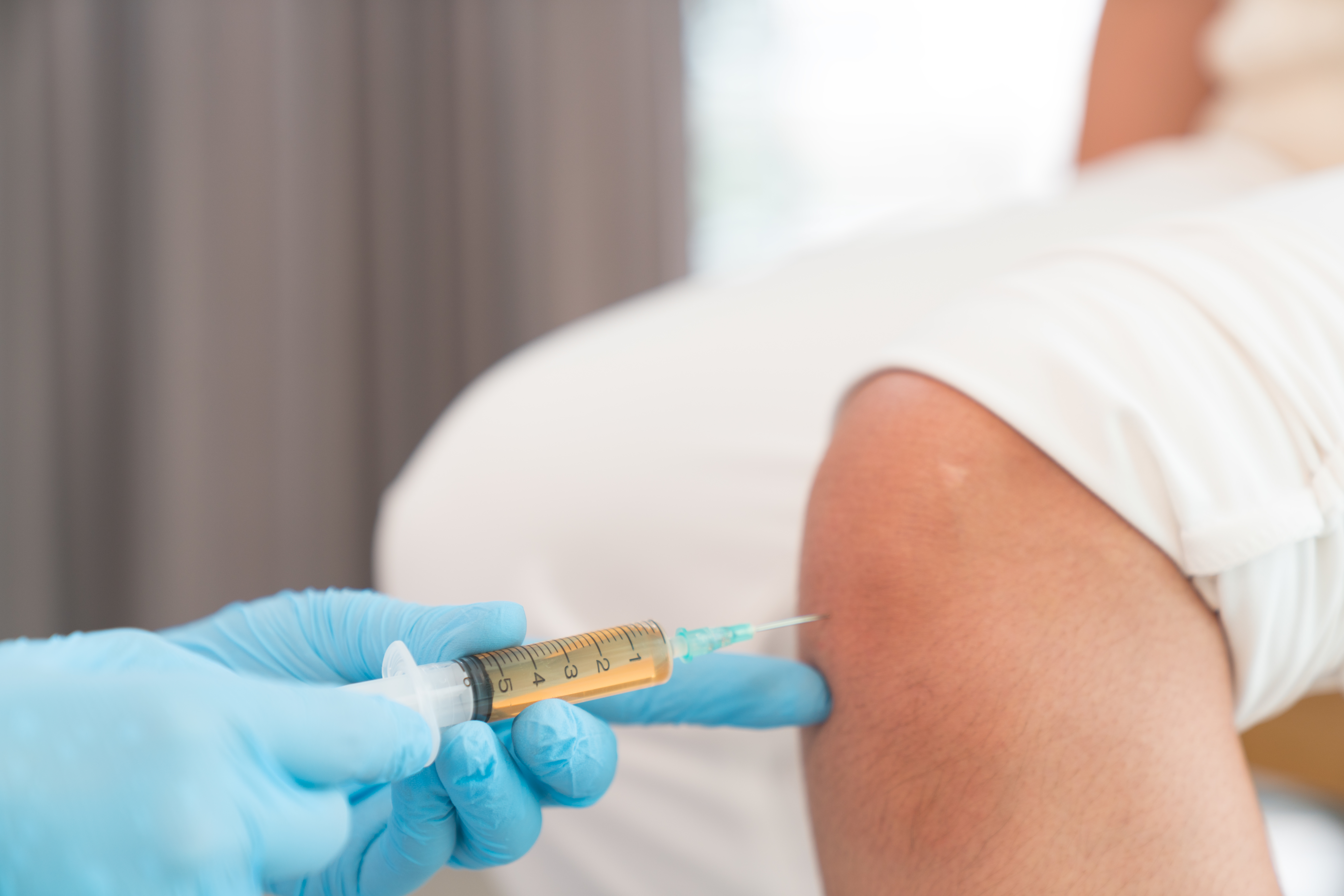What Are Joint Injections?
Joint injections are the injection of a steroid or medication into a joint. A joint is any place where two bones move against each other and are surrounded by a joint capsule.
Who Benefits From Joint Injections?
Those who suffer from pain in a specific joint or those who are undergoing an arthritis care plan can benefit from joint injections.
Joint pain can occur in several places within your body such as:
- Elbow
- Knee
- Hip
- Shoulder
- Ankle
- Wrist
What Are the Different Types of Injections?
There are two main types of joint injections: corticosteroid and hyaluronic acid injections. The type of injection that you receive depends on the location of your joint or the type of arthritis, osteoarthritis, nerve damage, or other medical condition you suffer from.
Corticosteroid Injections
Corticosteroid is a powerful, inflammation-reducing drug that can reduce pain and improve mobility when directly injected into a joint. This type of injection limits the dilation of small blood vessels in and near the joint and helps decrease the blood flow and the buildup of immune system cells associated with inflammation and joint damage. Corticosteroid injections are beneficial for treating a variety of conditions in many different joints.
Hyaluronic Acid Injections
Hyaluronic acid is naturally found in the synovial fluid in the joint and is what helps make the fluid thick to lubricate and absorb shock in the joint. When a joint is affected by a condition such as arthritis, nerve damage, or tendinitis, the hyaluronic acid levels may be low which can cause rough movements and pain within the joint. Injecting the acid into the joint can alleviate the pain. Hyaluronic acid injections are used for those who suffer from knee pain, arthritis, gout, bursitis, and a number of other medical conditions .
What Is the Joint Injection Process Like?
Joint injections are minimally invasive with limited pain. Patients may experience pressure and minimal pain that subsides easily near the affected area. After the procedure, patients are often told to rest but are able to return to their daily activities the following day. Patients will experience a reduction in pain within a few days of the treatment. If you suffer from joint pain and are interested in learning more about our joint injection treatment options, contact us today!

